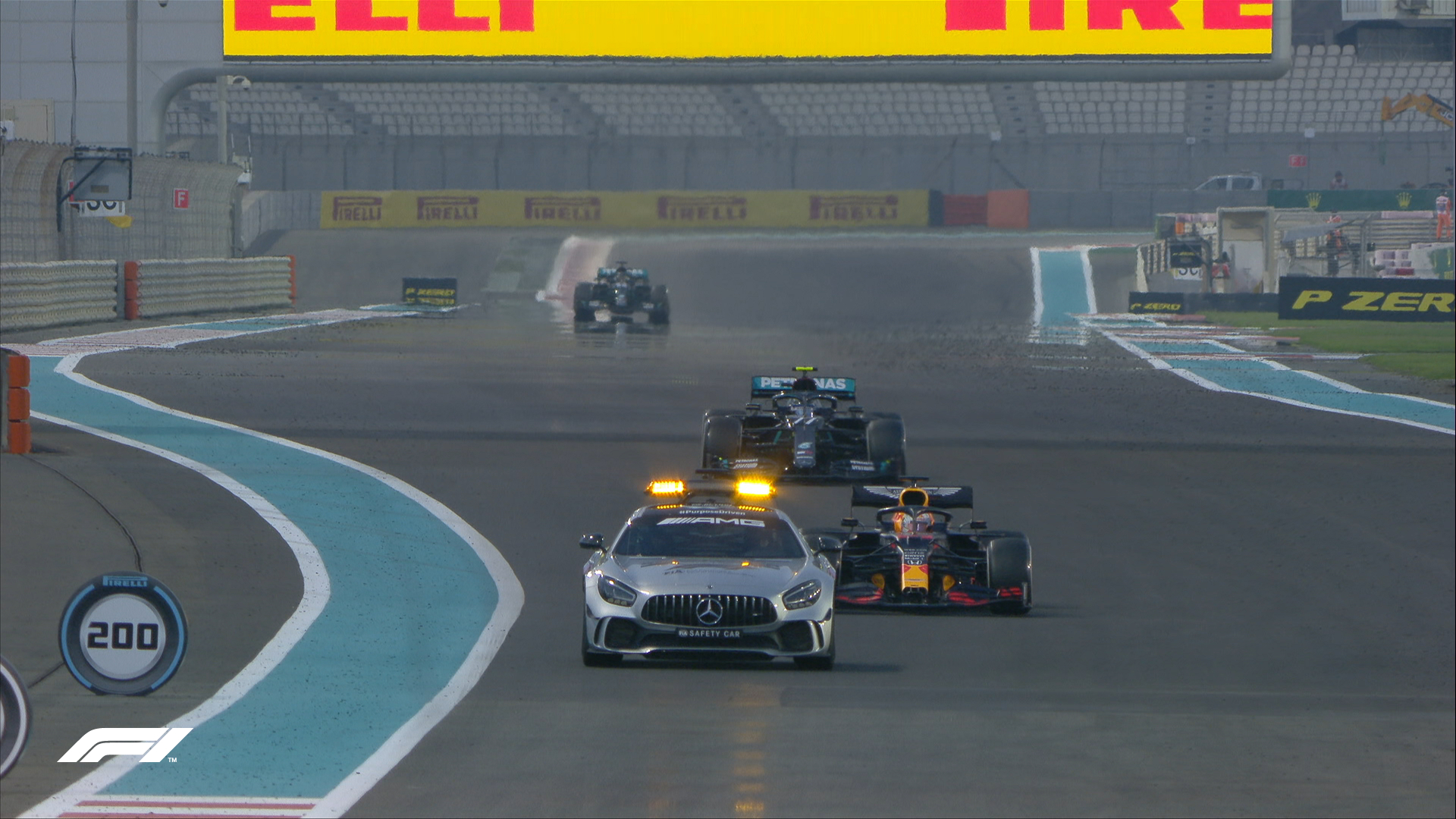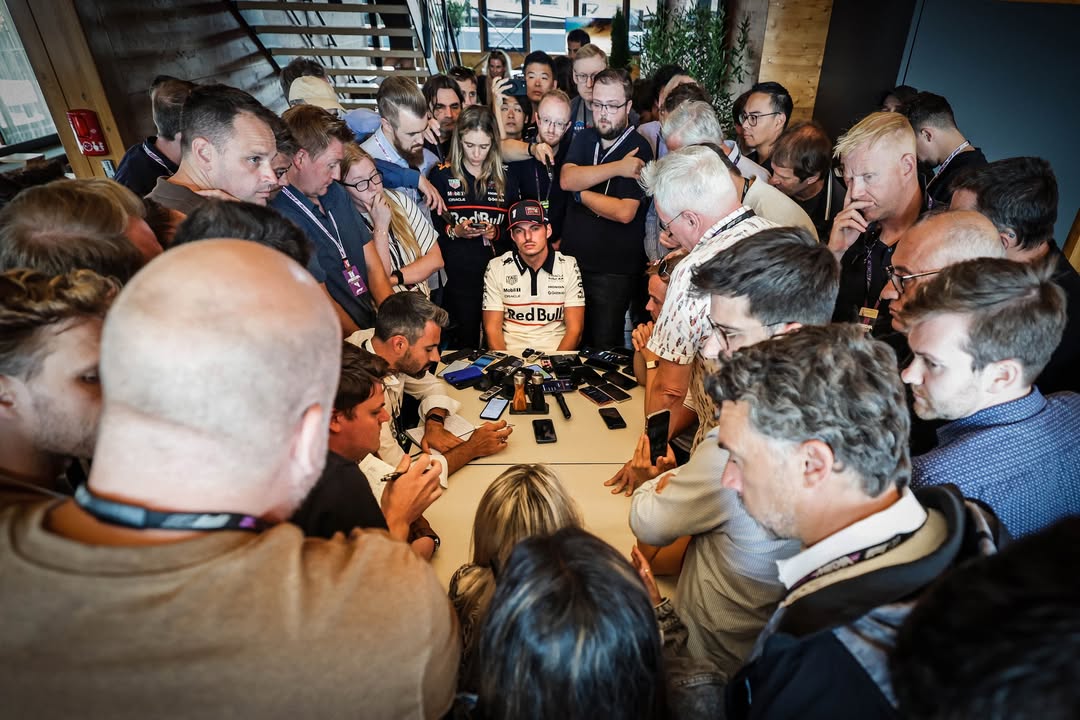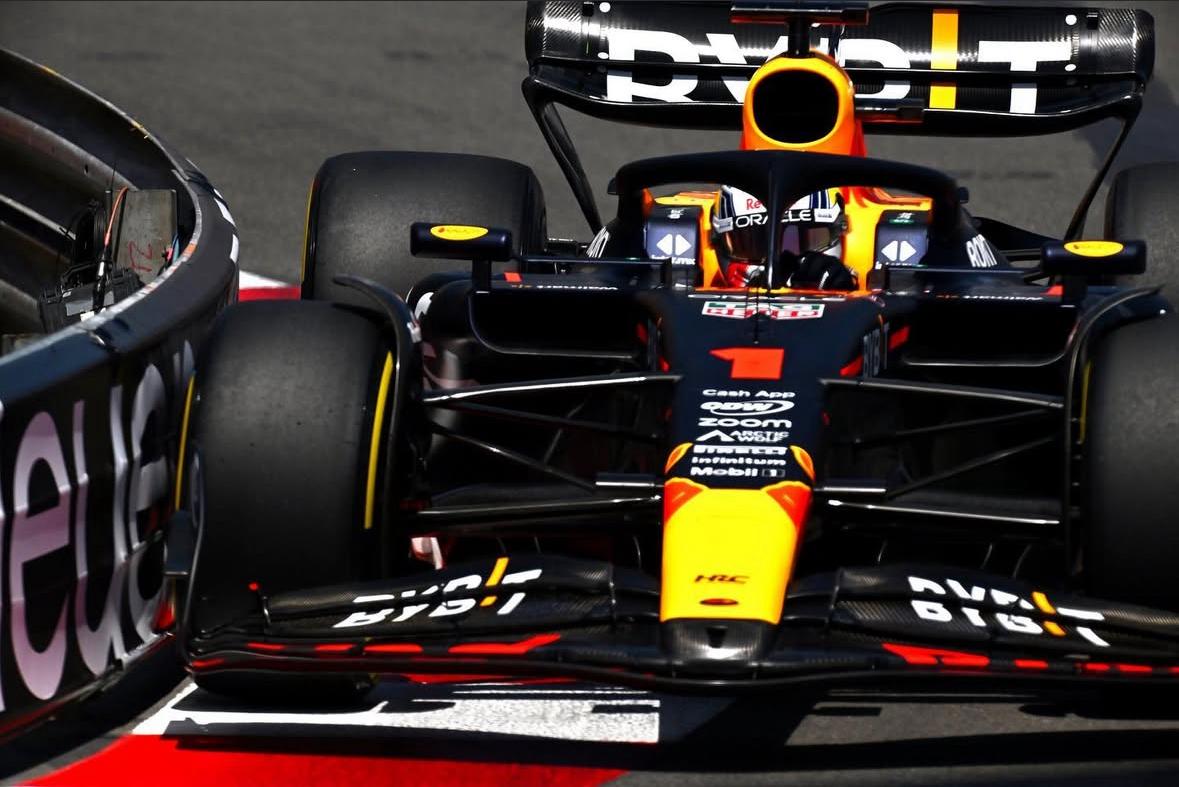Safety is the cornerstone of F1. Throughout the years, the sport has been working in several ways to make racing safer, decreasing fatal accidents successfully over a long period. The cars going at insane speeds keep drivers at great risk all the time. The races can be unpredictable, and so are the incidents.
Crashes are a part of Formula 1. These used to be extremely fatal back in the day, putting drivers at life-threatening risk. However, with inventions like the HANS device and the halo, the sport is currently safer than it ever has been in the past seven decades. Despite the safety improvement over the years, crashes still happen. The crash necessarily doesn’t pose a risk for the involved driver. However, it can risk other drivers continuing to race on the track. In such situatons, officials wave the yellow flag commanding the drivers to slow down. However, the failure to notice these flags can also be fatal.
Autorities introudced Safety cars to tackle these situations. During a major crash, the safety car bunches up the field together, resulting in the drivers going extremely slowly behind it. This makes it safe for them and the rescue workers. However, it is not deployed if the incident is not big enough, which can sometimes be fatal.
What is the virtual safety car (VSC) in F1, and why was it introduced?
Jules Bianchi hit a recovery vehicle during the 2014 Japanese Grand Prix. Authorities did not deploy the safety car at the time, as they considered the track safe enough fo racing. However, hitting that vehicle cost him his life. He is the most recent driver that have lost his life racing in F1. This led officials to make a crucial decision the following season in 2015, when they introduced the virtual safety car.
As the name suggests, the virtual safety car is not real. However, when it is deployed, the drivers are supposed to slow down, and no overtaking is allowed. The cars only go at 40% of the racing speed, making the track much safer for the marshals and the drivers. However, it does not bunch up the field as noticed during a full safety car. The drivers still manage to maintain the gaps, but the time lost in pitting does get shorter.
The virtual safety car (VSC) is deployed in F1 when there is an incident on the track that is not big enough to deploy the full safety car. That, paired with the double-yellow flags, provides a safe environment. This was a major safety decision made a decade ago. Although the virtual safety car is rather common to be deployed, a lot of times it is converted to the full safety car, considering the danger on the track.



